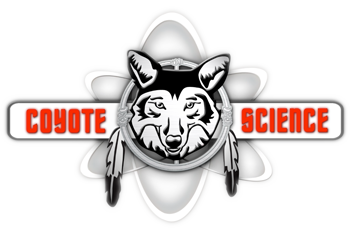Join our Science Questers as they find out why salmon are important to so many Indigenous Nations — visit a salmon hatchery!
Love the science behind bees, just the importance that bees have to not only the crop yield, agriculture, and most of the economy, but also to people in general as uh so much of the food we eat require these pollinators so it just seemed like a really important thing to study. If you think about it, every one out of three bites that we eat is due to a bee. Pollinators are required for 90% of all the plants on the planet. So understand that there’s this diversity and just really taking a personal interest into them uh will really help change society’s view of bees and their importance. Bees are not always yellow. I mean if you look at the whole diversity of 20,000 plus bee species on the planet, you have beautiful blue metallic bees, you’ll have black bees, uh you will have orange bees even in our fields here we’ll have uh a bee that’s almost all black and then one yellow stripe and other ones will have a whole abdomen uh that’s orange, so you know we normally think that bees are yellow but there’s such a diversity of bees that people just have not explored or took time to look at on the flowers.
We do when, after we catch a bee we bring them back to the lab and we attempt to ID them so we identify all these different species of bees to really understand what type of diversity is on every farm that we study and whether uh more diverse farms have better pollination services or whether there’s just a relationship between diversity, uh the land around the crop field, or how a crop field is managed.
